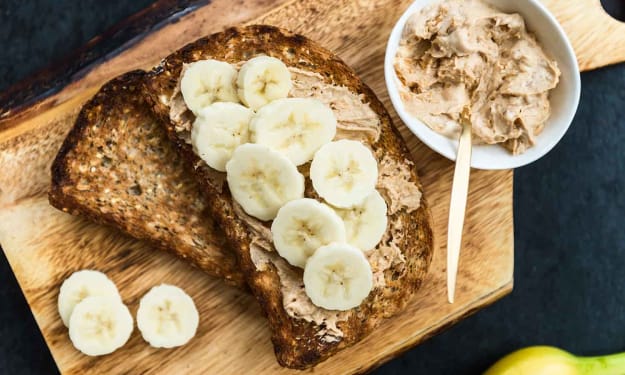Why Assam fames premium quality tea?
premium quality tea

Nestled in the eastern low landscapes of Assam the tea cultivation easily covers acres of land in evenly trimmed furrowed fields that merge unassumingly as a whole in the garden. Flushed by the waters of the Brahmaputra and ample rain, the soil texture is clayey and rich in nutrients. The high degree of precipitation with warm monsoon showers floods the plains that soak in 10 to 12 inches (250–300 mm) of rain on an average day. Creating a greenhouse-like condition, humidity coupled with heat adds a unique body to the leaves. The briskness, the malty flavor with a color as deep as amber, the ambient fragrance is much loved as a breakfast choice of premium quality tea, all over the world. The state is the largest tea grower in the region converging in borders with Bangladesh and Myanmar. The distinctive and finest black tea is a strong characteristic of Assam that embodies a much-loved freshness. The region also produces green and white tea. After China, Assam boasts of native tea plants.
Assam premium quality tea facts
The black tea produced in Assam is produced from Camellia sinensis var assamica. Following a ‘tea garden time’, an hour ahead on the IST (Indian standard time), the system formulated by the British is still observed. Activities start in the tea gardens with the rising sun. The productivity of the garden has increased, with work mostly being wrapped up within the daylight-saving hours from 09.00 AM-05.00 PM. The Indian Tea Association is the oldest body that looks after the interest of the tea gardens.
How does Assam tea reach your cup?
The Assam tea is processed in two to seven steps before it forms the texture that blends smoothly in your cup. The processing, from the ripe green leaves to dry crispy long strands that brew freshness in your tea kettle, involves some intrinsic methods that prevent spoilage and season the tea from moisture and its native fluctuating climate.
Withering
The freshly pinched green tea leaves are withered to separate them from moisture. This process allows the leaves to compound their flavor. This technique is followed both indoor and outdoor. Freshly plucked leaves are spread in troughs and hot air is blown through the trough reducing moisture by 30%. The leaves texture changes to limp and soft which enables rolling. The level of caffeine in the leaves begin to intensify with this process. In short withering, the green color is retained, and shorter withering darkens and deepens the leaf color and aromatic compounds. Fixing the green, by ‘kill green’ with heat, compounds aroma. Fixing is done with steaming, pan firing, baking, or using heated tumblers. Steam on the leaves quickens the heating than pan firing. Steamed tea has a ripe green taste while the pan-fired tea is toasty.
Oxidation
The process of leaf browning allows the flavor to strengthen. After plucking, the leaves are exposed to oxygen, which triggers a chemical reaction within the volatile compounds. The reaction results in theaflavin and thearubigin that lends depth to the leaves and adds brightness and fullness to the liquor.
Rolling
The wilted leaves are tightly rolled in different styles allowing the essential oil and sap to cover the leaves creating more depth in the flavor and freshness.
Drying
Keeping the leaves free from moisture, the drying process takes place at various stages considerably reducing moisture for increased shelf life. The leaves are fired and roasted slowly at low temperature in an industrial oven, preventing aggressive drying, thereby keeping away abrasive taste. The premium quality tea is packed in premium containers for customers who cannot live without their much-loved cup of tea.





Comments
There are no comments for this story
Be the first to respond and start the conversation.